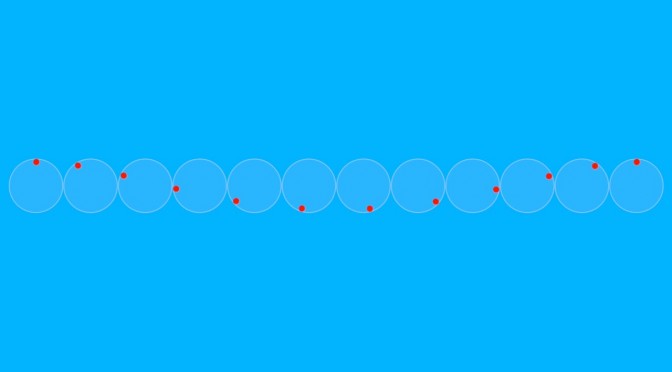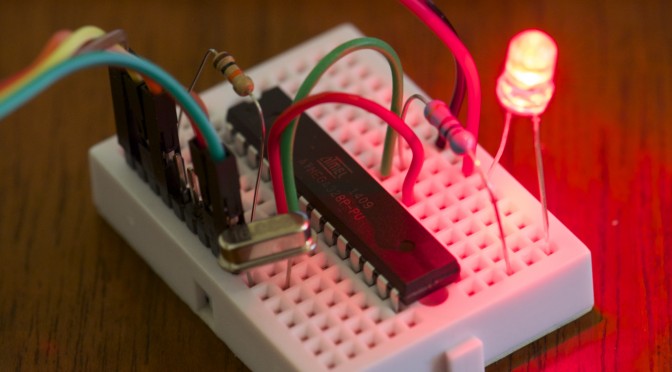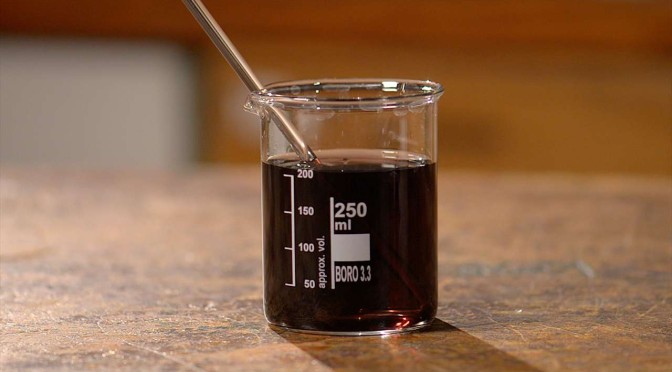One for our US readers: the American Chemical Society is launching a “Chemistry Champions” search for chemists who excel at performance and communication.
I’ve a bunch of concerns about the competition (judging by number of YouTube views? Really?). Also, their suggested two minutes to talk about your research is an extremely awkward duration – 2:30 is a great length, but 2:00 is on a difficult cusp. My advice to anyone entering would be: write something stellar that’s 90 seconds long. Two minutes will encourage you to try for too many ideas which you won’t, in the end, be able to cram in, so do one thing well, even if it’s shorter.
Anyway, this launch video is terrific. Endearingly low production values show that a great performance shines through regardless, which is exactly the message of the competition. It’s very well judged.
More details and rules on the ACS website. Deadline for submissions is 6th June. #chemchamps



